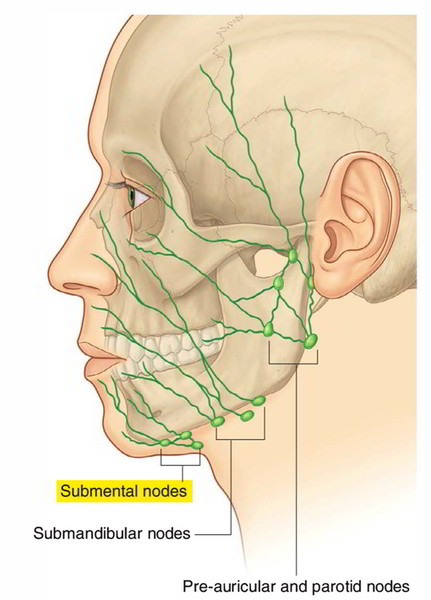When conducting a physical examination of a client with generalized muscle weakness, which of the following is the PRIORITY for the nurse?
Draping body areas that are not being assessed.
Limit position changes as much as possible.
Hand-washing throughout the exam.
Using alcohol swabs to clean the stethoscope.
The Correct Answer is B
Choice a reason:
Draping body areas that are not being assessed is important for maintaining the client's privacy and comfort, but it is not the highest priority when dealing with a client with generalized muscle weakness. The primary concern is to prevent further strain or injury during the examination.
Choice b reason:
Limiting position changes as much as possible is the priority when examining a client with generalized muscle weakness. Frequent or unnecessary movements can cause fatigue, discomfort, and may even be unsafe if the client has severely compromised muscle strength. The nurse should plan the examination to minimize the number of times the client needs to change positions.
Choice c reason:
Hand-washing throughout the exam is a standard practice to prevent the spread of infection. While it is crucial for both the client's and the nurse's safety, in the context of a client with generalized muscle weakness, the priority is to conduct the exam in a way that does not exacerbate the client's condition.
Choice d reason:
Using alcohol swabs to clean the stethoscope before and after the exam is also a standard infection control practice. However, it is not the most immediate concern when prioritizing the steps of a physical examination for a client with muscle weakness.
Nursing Test Bank
Naxlex Comprehensive Predictor Exams
Related Questions
Correct Answer is B
Explanation
Choice a reason:
Tympany is a drum-like, resonant sound that is typically heard over air-filled structures, such as the gastric bubble, not the chest. It is not a sound associated with the lungs, especially in the context of COPD.
Choice b reason:
Hyperresonance is an abnormally loud, lower-pitched sound than normal resonance heard over hyperinflated areas of the lung, such as in cases of COPD. This is due to the increased air content within the lungs, often because of overdistension or destruction of alveolar tissue, as seen in emphysema, a common type of COPD.
Choice c reason:
Resonance is the normal sound heard over healthy lung tissue when percussed. However, in the case of COPD, particularly emphysema, the destruction of lung tissue leads to hyperinflation and thus a hyperresonant sound rather than the normal resonance.
Choice d reason:
Dullness is heard when fluid or solid tissue replaces air in the lung or occupies the pleural space, as in the case of pneumonia or pleural effusion. This is not characteristic of COPD, where there is an increase in air due to the breakdown of alveolar walls.
Correct Answer is B
Explanation
Choice A reason:
Palpating in front of the ear would assess the preauricular lymph nodes, not the submental lymph nodes. The preauricular nodes are located just in front of the ears and are typically examined when there is an infection or inflammation in the eyes, ears, or scalp.
Choice B reason:
The submental lymph nodes are located in the midline, just under the chin, behind the bony prominence of the mandible. This is the correct area for palpation when assessing the submental lymph nodes. These nodes drain the lower lip, the floor of the mouth, the tip of the tongue, and the incisors, and they can become enlarged due to infections or malignancies in these areas.
Choice C reason:
Palpating superficial to the sternomastoid would assess the cervical lymph nodes, specifically the anterior cervical nodes, which are not the submental lymph nodes. The sternomastoid muscle is a landmark for several lymph node groups in the neck, but not for the submental group.
Choice D reason:
Palpating at the angle of the mandible would assess the submandibular lymph nodes, not the submental lymph nodes. The submandibular nodes are located beneath the jawline and can become enlarged due to infections or malignancies in the mouth, throat, and salivary glands.

Whether you are a student looking to ace your exams or a practicing nurse seeking to enhance your expertise , our nursing education contents will empower you with the confidence and competence to make a difference in the lives of patients and become a respected leader in the healthcare field.
Visit Naxlex, invest in your future and unlock endless possibilities with our unparalleled nursing education contents today
Report Wrong Answer on the Current Question
Do you disagree with the answer? If yes, what is your expected answer? Explain.
Kindly be descriptive with the issue you are facing.
